Optimal Timing for Pavilion Buildings
Pavilion buildings are versatile structures suitable for various purposes, including entertainment, events, and outdoor gatherings. Their construction and installation depend on weather conditions, project scope, and intended use.
Spring and early summer offer favorable weather conditions for building pavilion structures, reducing delays caused by rain or extreme temperatures.
Avoiding harsh winter months ensures better installation conditions and minimizes project disruptions.
Early planning during the off-peak seasons can streamline permit approvals and scheduling.
Material procurement is often more reliable during the spring and summer months.
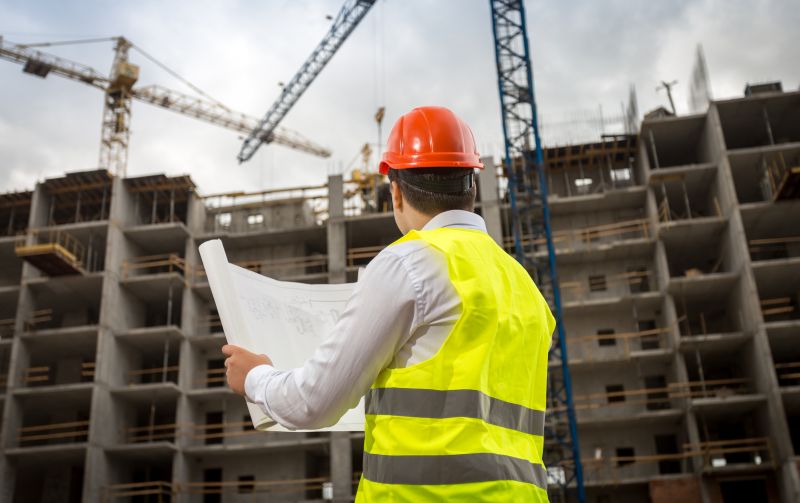
A construction site during spring with clear weather and active workers.

A completed pavilion set against a sunny backdrop, ideal for outdoor events.

Preparing materials and plans for pavilion installation in the fall season.
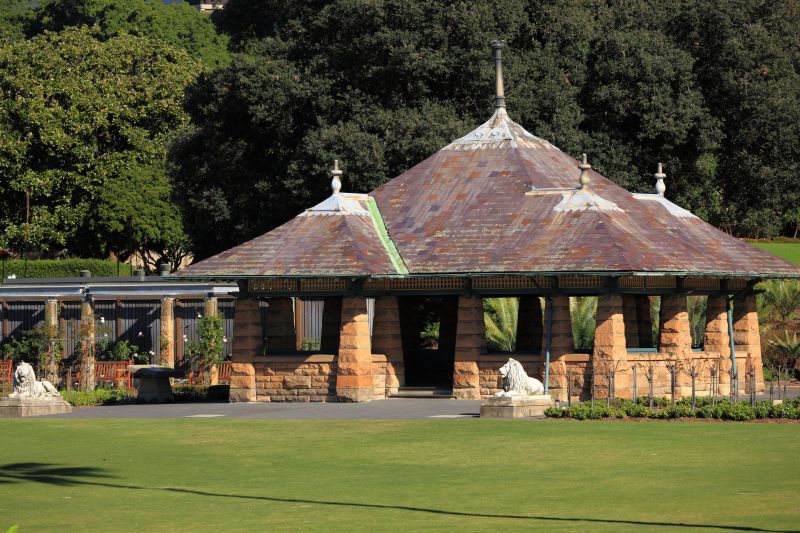
Ways to make Pavilion Buildings work in tight or awkward layouts.
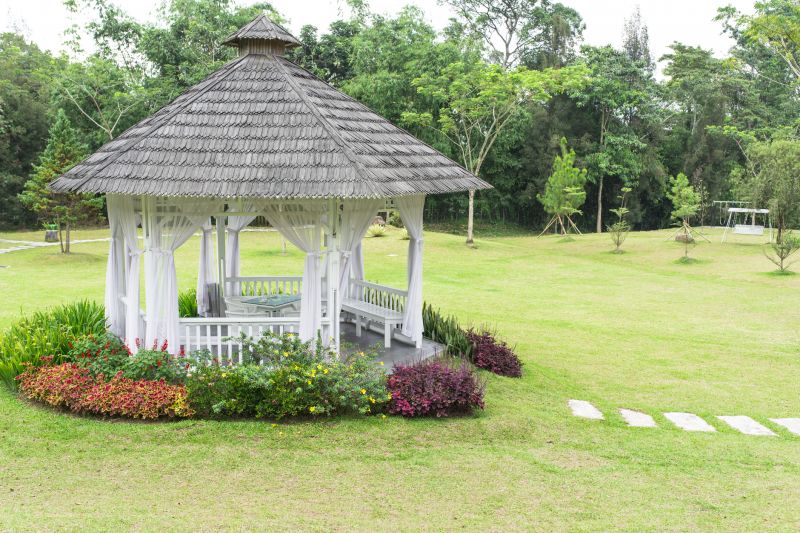
Popular materials for Pavilion Buildings and why they hold up over time.
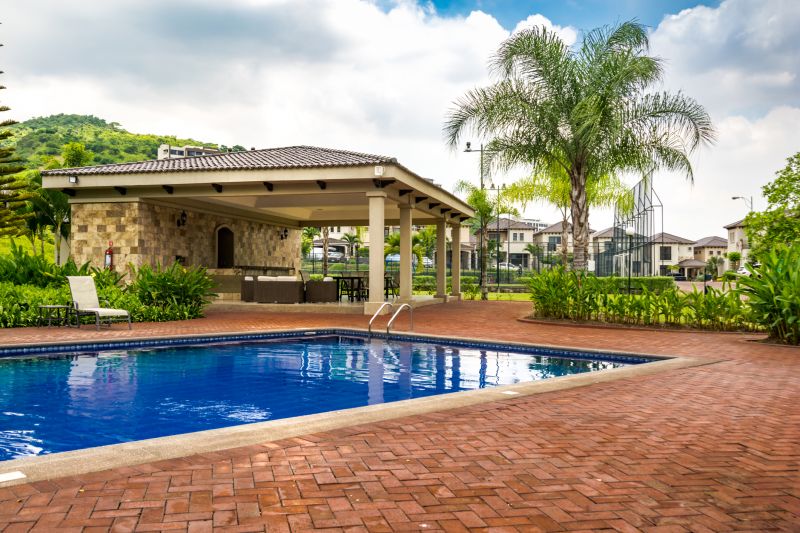
Simple add-ons that improve Pavilion Buildings without blowing the budget.
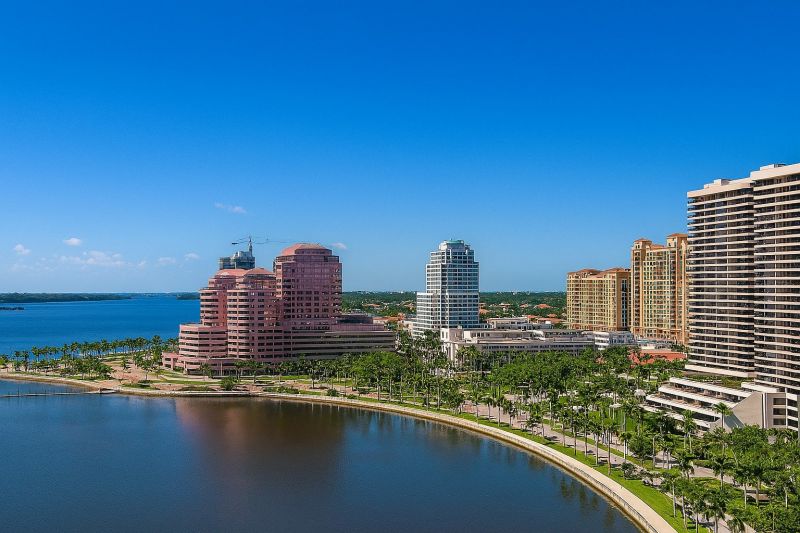
High-end options that actually feel worth it for Pavilion Buildings.
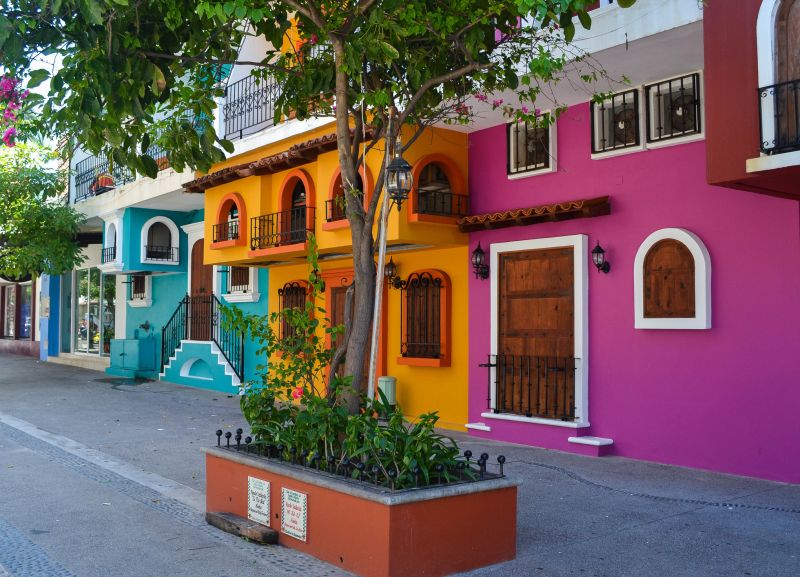
Finishes and colors that play nicely with Pavilion Buildings.
| Season | Advantages |
|---|---|
| Spring | Favorable weather, reliable material supply, longer daylight hours. |
| Summer | Ideal for outdoor use, consistent weather, good for large projects. |
| Autumn | Moderate temperatures, less construction congestion, preparation time. |
| Winter | Potential delays, weather challenges, limited construction windows. |
Pavilion buildings serve as functional and aesthetic additions to outdoor spaces, providing shelter and enhancing the environment for various activities. Their design can range from simple structures to elaborate architectural features, depending on the intended purpose and location.
Statistically, outdoor pavilion projects are most successfully completed when scheduled during seasons with predictable weather patterns. This minimizes delays and ensures quality craftsmanship. Proper planning and timing contribute significantly to the durability and usability of the pavilion over time.
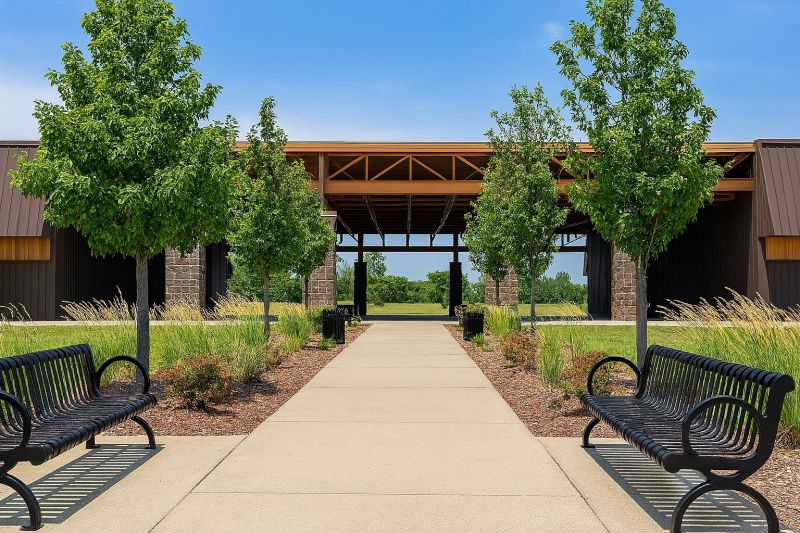
A contemporary pavilion with sleek lines and open space.
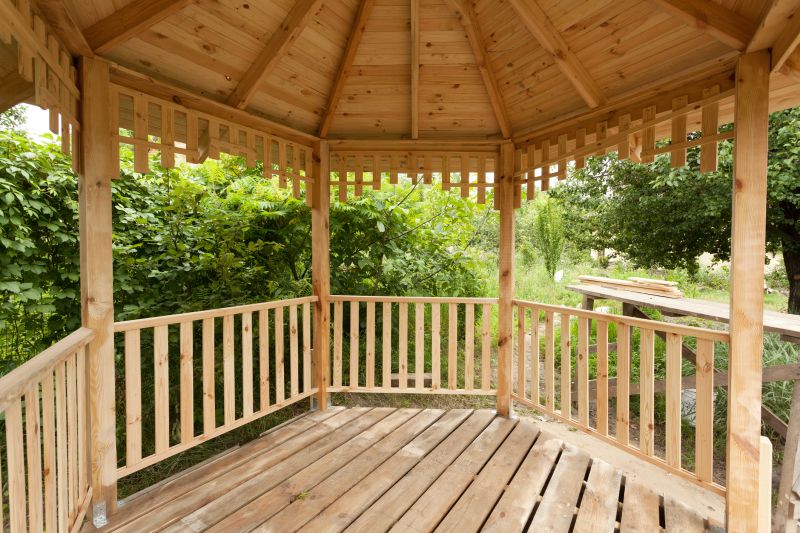
A classic pavilion with wooden beams and decorative features.
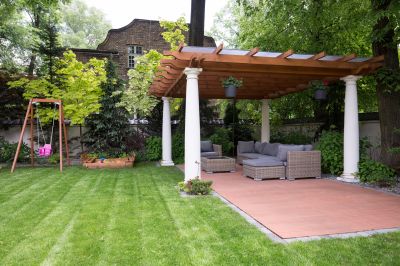
A pavilion designed for gatherings with integrated seating areas.
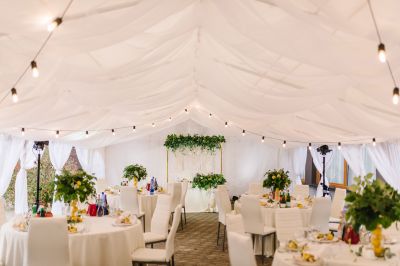
A pavilion prepared for a community event or celebration.
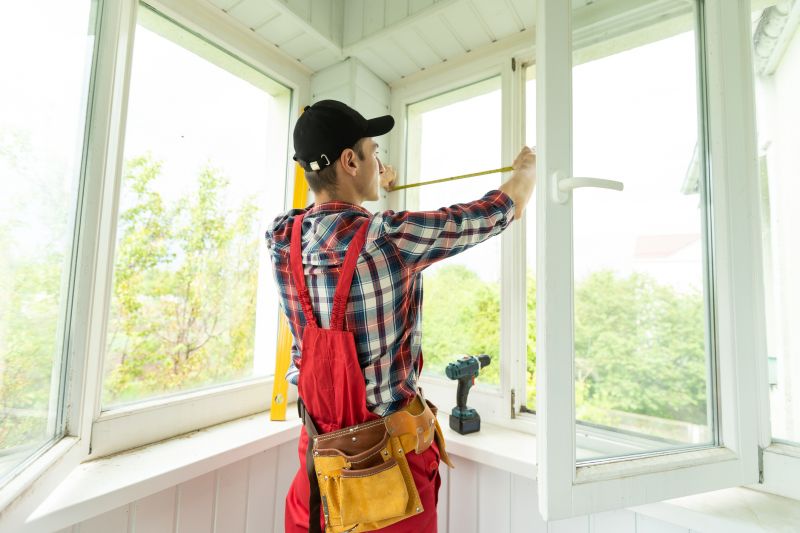
Little measurements that prevent headaches on Pavilion Buildings day.
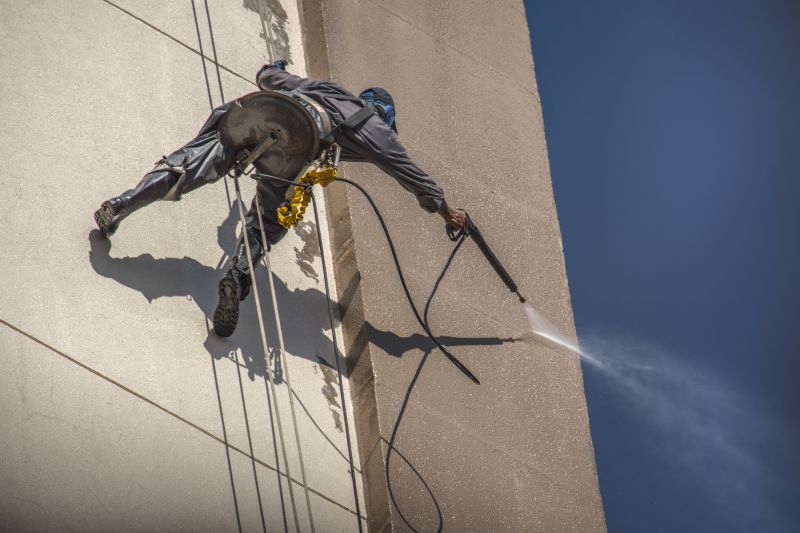
A 60-second routine that keeps Pavilion Buildings looking new.

A frequent mistake in Pavilion Buildings and how to dodge it.

Small tweaks to make Pavilion Buildings safer and easier to use.
Interested parties are encouraged to contact for further details or to discuss project timelines. Filling out the contact form can help determine the best schedule for pavilion construction tailored to specific needs.
